Film cutting techniques for stunning visuals
Film cutting, or editing, is the process of selecting, arranging, and assembling the various shots captured during the filming process into a coherent sequence that tells a story. It's an essential part of filmmaking that not only shapes the narrative but also affects the pace, tone, and emotional impact of the final product.
From the early days of cinema, film cutting has evolved from simple splices to complex digital edits. The advent of non-linear editing software has revolutionized the way films are cut, allowing for greater creativity and flexibility.
Essential Film Cutting Techniques
A jump cut is a transition between two shots of the same subject that creates a jarring effect, often used to show the passage of time or to convey a character's internal thoughts.
A match cut is a cut that links two shots with similar visual elements, creating a seamless transition that can be used to draw connections between different scenes or ideas.
These cuts involve the audio from the next scene starting before the visual transition (J-Cut) or the audio from the current scene continuing into the next scene (L-Cut), enhancing the flow of the narrative.
This technique involves cutting between two or more scenes that are happening simultaneously but in different locations, building tension and creating a dynamic narrative.
A montage is a series of shots edited together to condense time, space, and information, often accompanied by music, to convey a passage of time or a complex idea quickly.
Advanced Film Cutting Techniques
A smash cut is a sudden, abrupt cut from one scene to another, often used to surprise or shock the audience.
An invisible cut is a seamless transition between two shots that is meant to go unnoticed, maintaining the illusion of a single, continuous shot.
This cut aligns the composition of two shots to create a visual continuity, often to draw a metaphorical comparison between different elements.
Inter-cutting is the editing technique of alternating between shots of different scenes, often used to build suspense or to show the relationship between the scenes.
This technique involves the non-chronological arrangement of shots to create a narrative that is not bound by linear time, often used to reveal character backstories or hidden connections.
Technical Considerations in Film Cutting
Ensuring a film's continuity and pacing is crucial for maintaining the audience's engagement and ensuring the story flows smoothly.
Sound design plays a pivotal role in film cutting, with the choice of sound effects, music, and dialogue influencing the mood and transitions between scenes.
Color grading is used to ensure visual consistency across shots and scenes, and can also be used creatively to enhance the storytelling.
Modern film cutting relies on a variety of software and tools, from basic editing programs to advanced visual effects software, to achieve the desired outcome.


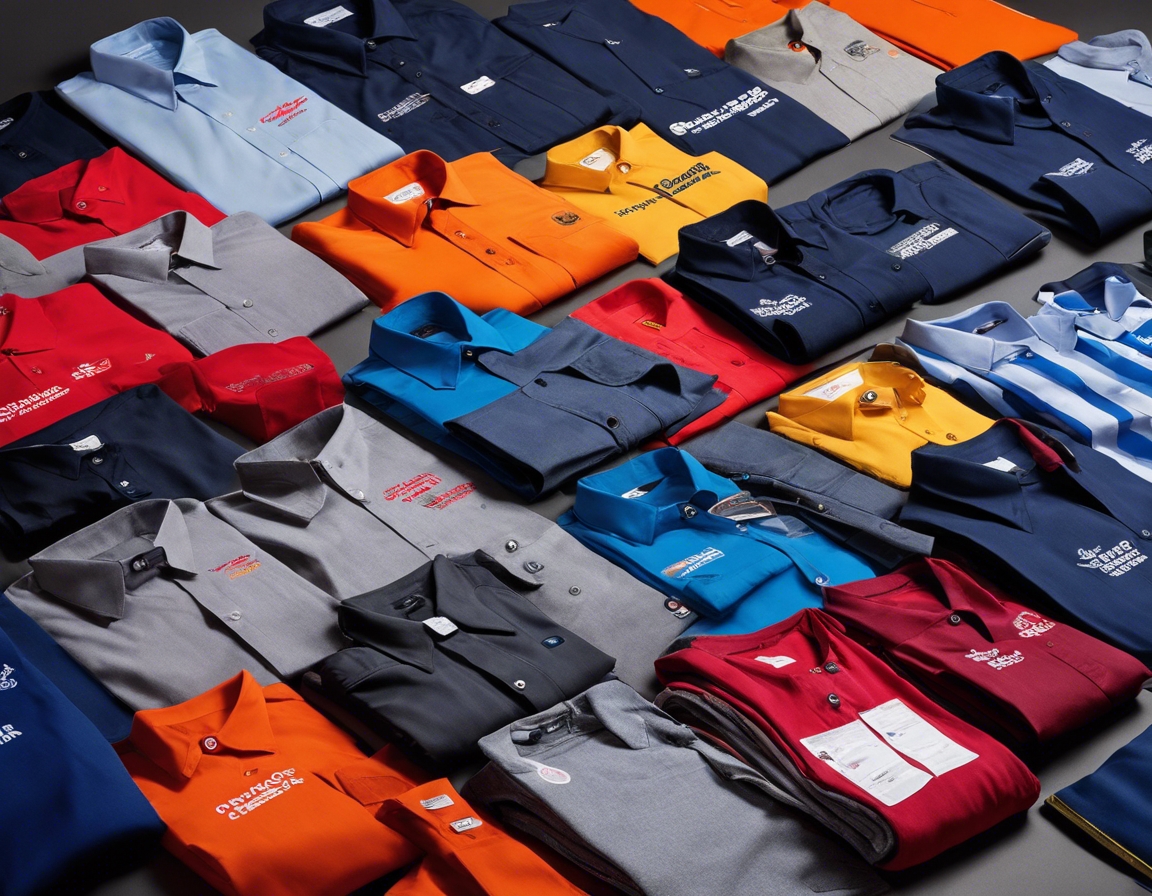

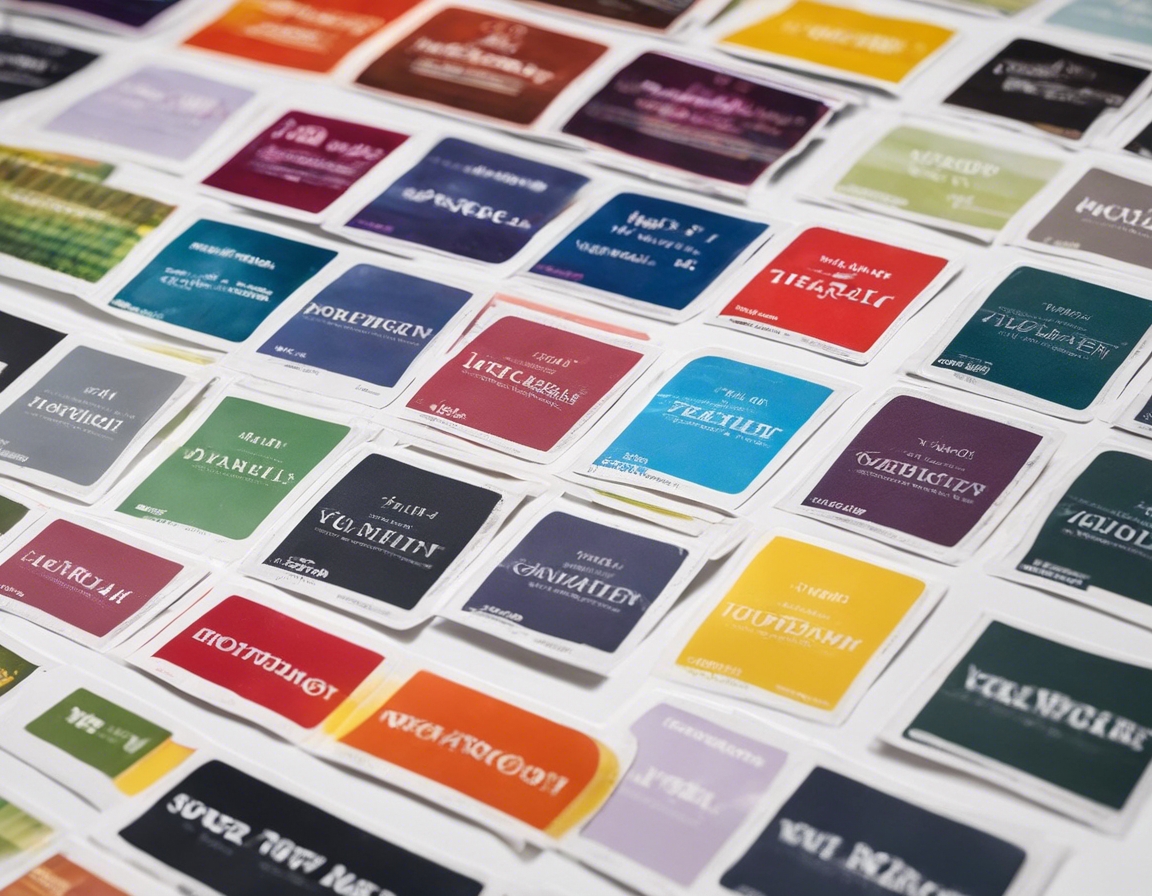
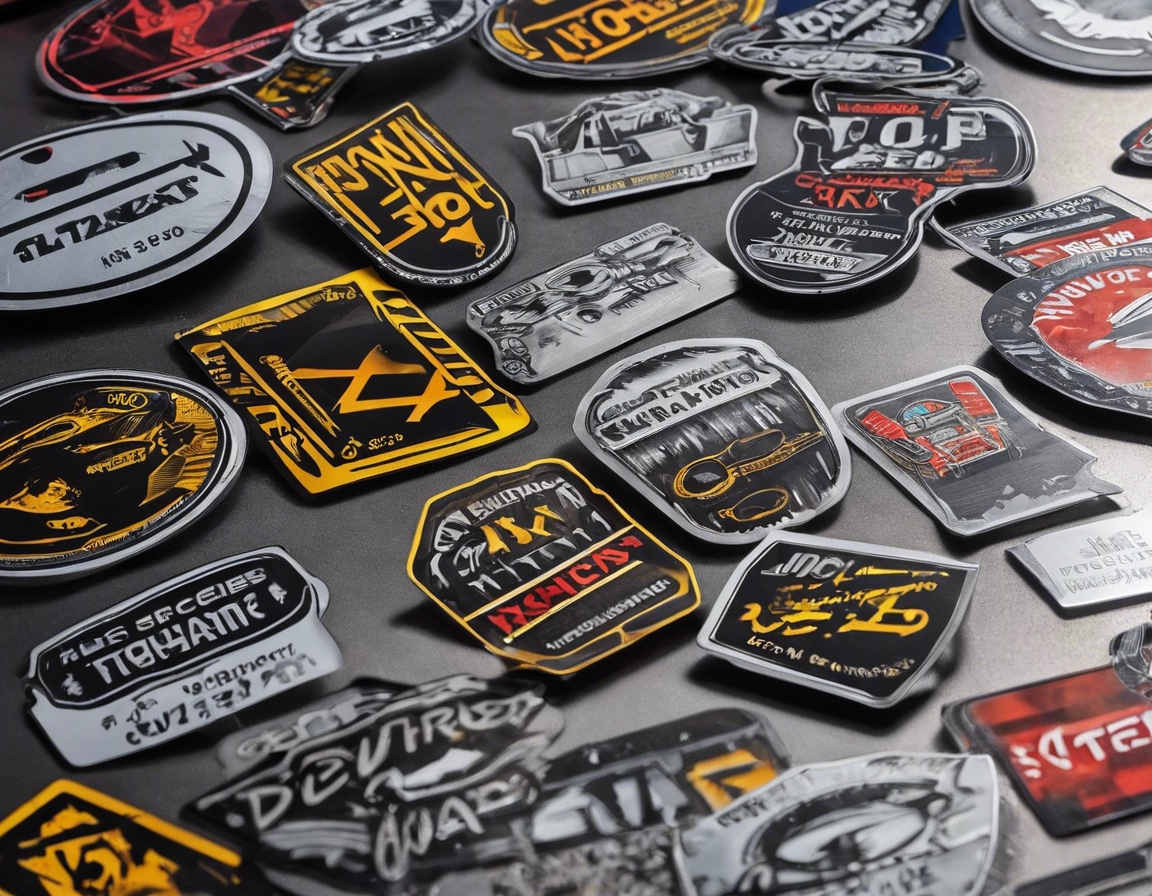
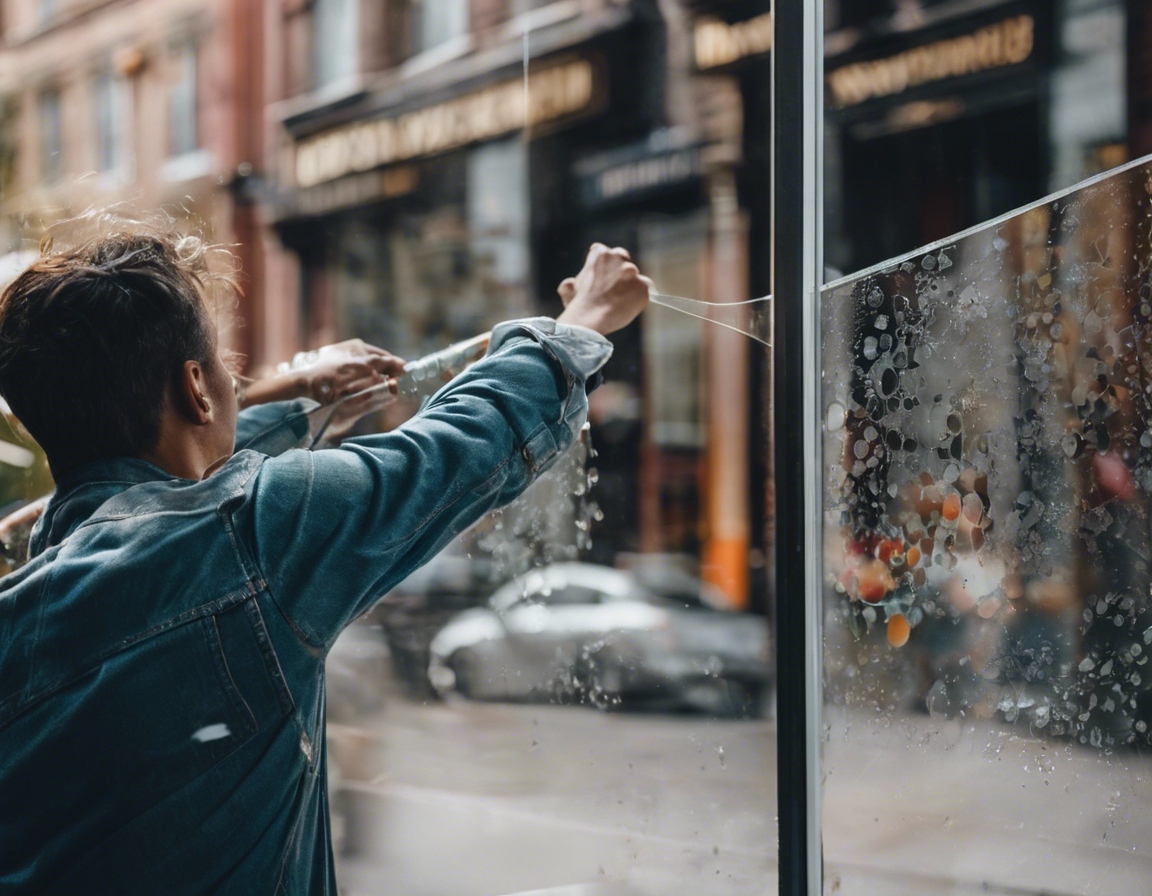
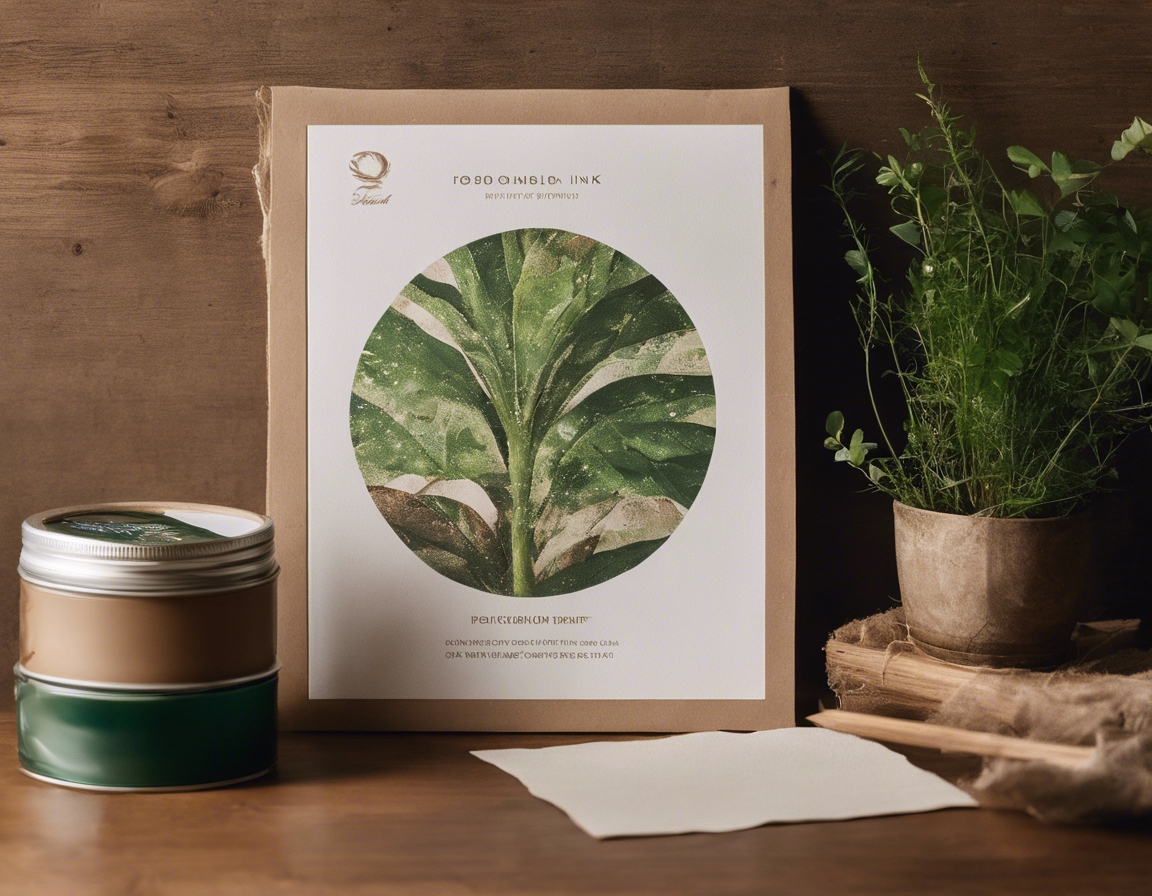
Comments (0)